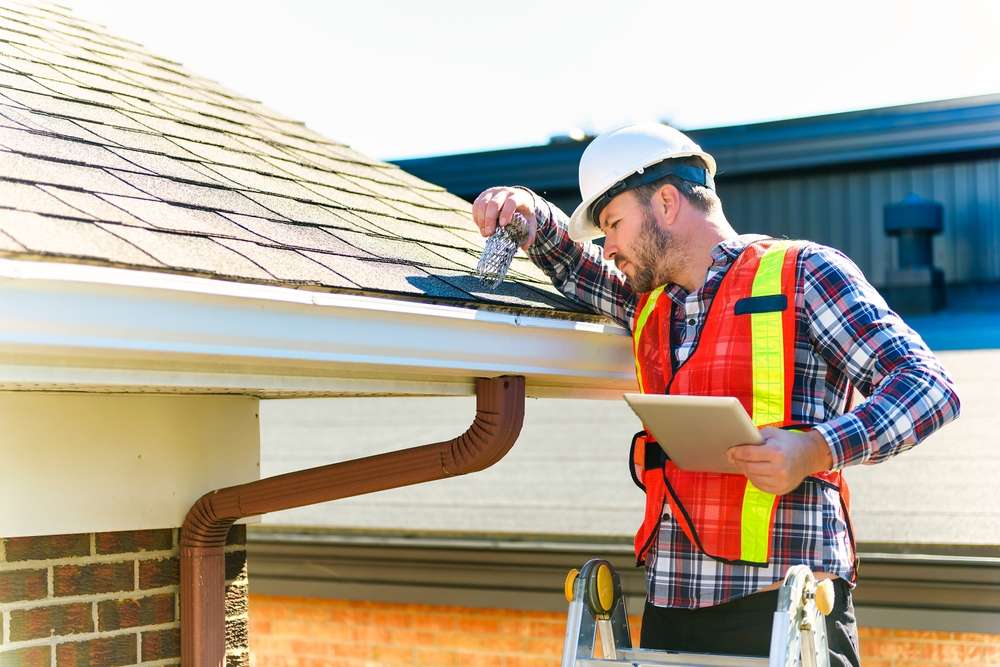General Repair Guide for House and Home Maintenance
A well-maintained property reduces unexpected breakdowns and extends the life of major systems. This guide covers practical general repair topics for common areas of a house and home: roof, foundation, kitchen, and routine tasks you can do yourself or with a contractor. Clear inspection points and maintenance steps make it easier to prioritize repairs and engage local services when needed.

House maintenance essentials
Regular house maintenance starts with a predictable schedule: seasonal inspections, smoke and CO detector checks, and basic systems testing. Create a simple checklist that covers plumbing, electrical, HVAC filters, and interior caulking. Address small issues—loose trim, stuck windows, or slow drains—promptly to prevent deterioration. Document repairs with dates and photos; this record helps if you consult local services and provides a maintenance history that can be valuable for long-term planning.
Home inspection checks to schedule
At least once a year, perform a thorough home inspection or hire a qualified inspector. Look for signs of water intrusion, pest activity, and wear around doors and windows. Test ground-fault circuit interrupters (GFCIs) and inspect attic insulation and ventilation. For older homes, check for outdated wiring or plumbing materials that may need upgrading. Keeping a prioritized repair list after an inspection helps you schedule work logically, balancing safety, comfort, and budget considerations.
Roof care and inspection tips
Inspect the roof visually every six months or after severe weather. Look for missing, cracked, or curling shingles; check flashings around chimneys and vents; and clear debris from valleys and gutters. Interior signs such as water stains on ceilings or mold growth indicate possible roof leaks. Small repairs like replacing a few shingles or sealing flashings can be DIY for experienced homeowners, but complex issues or structural damage require a qualified roofing contractor experienced with local materials and codes.
Foundation signs to watch for
Foundation problems often start small and progress slowly. Monitor for horizontal or stair-step cracks in masonry, doors and windows that suddenly stick, uneven or sloping floors, and new gaps at baseboards. Minor hairline cracks are common, but wider cracks, bulging walls, or persistent moisture near the foundation warrant professional evaluation. Simple grading and gutter maintenance can prevent many issues by directing water away from the foundation; persistent movement or structural concerns typically need a licensed structural engineer or foundation specialist.
Kitchen repairs and common fixes
Kitchens combine plumbing, cabinetry, appliances, and finishes, so common repairs include faucet leaks, clogged drains, cabinet hinge adjustments, and appliance maintenance. Replace worn gaskets and seals, check dishwasher and refrigerator connections for leaks, and address grout or countertop damage promptly to avoid moisture ingress. Many small fixes—tightening cabinet hardware, replacing a sink aerator, or unclogging a trap—are approachable for DIYers with basic tools, while gas appliance work or major countertop and cabinet replacements are best handled by licensed professionals.
Conclusion
Regular, focused maintenance across a house and home reduces the risk of costly repairs and helps preserve property value. Prioritize visible safety items first—smoke detectors, structural concerns, and active leaks—then schedule preventive checks for roof, foundation, and kitchen systems. Keep records of work done and consider consulting qualified local services for complex or structural repairs. Consistent attention to small problems makes homes safer and more comfortable over time.






